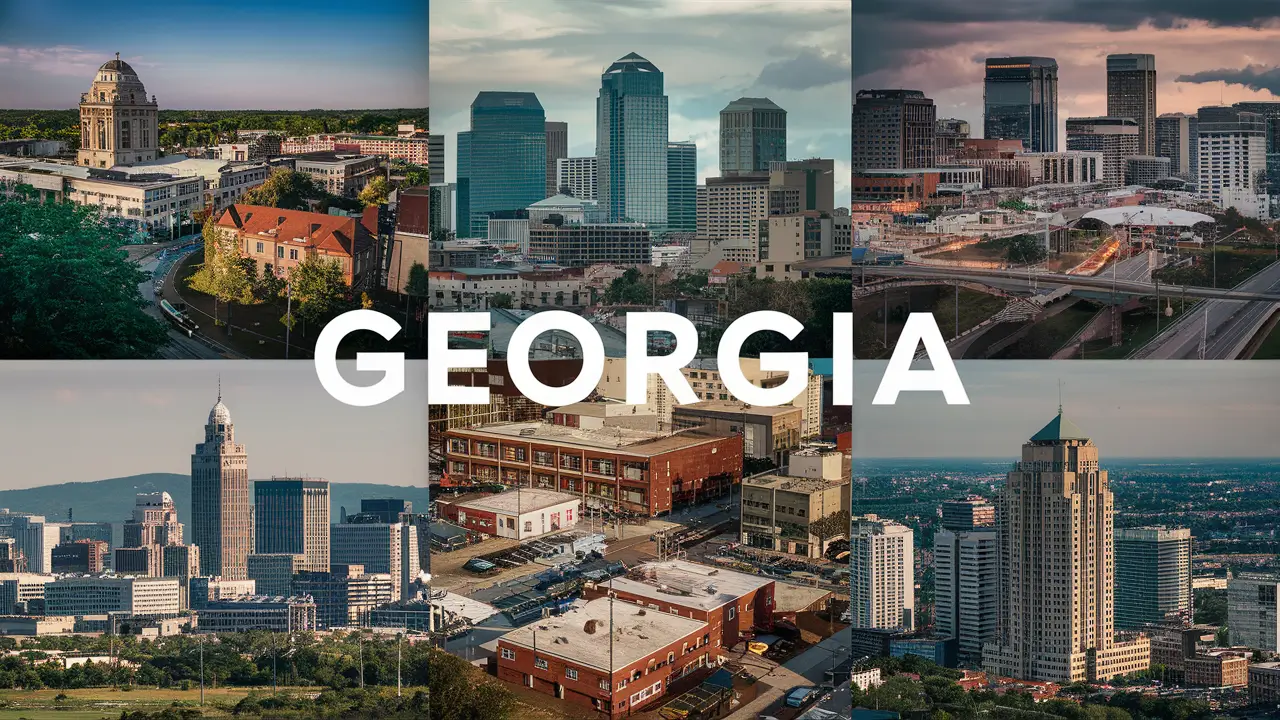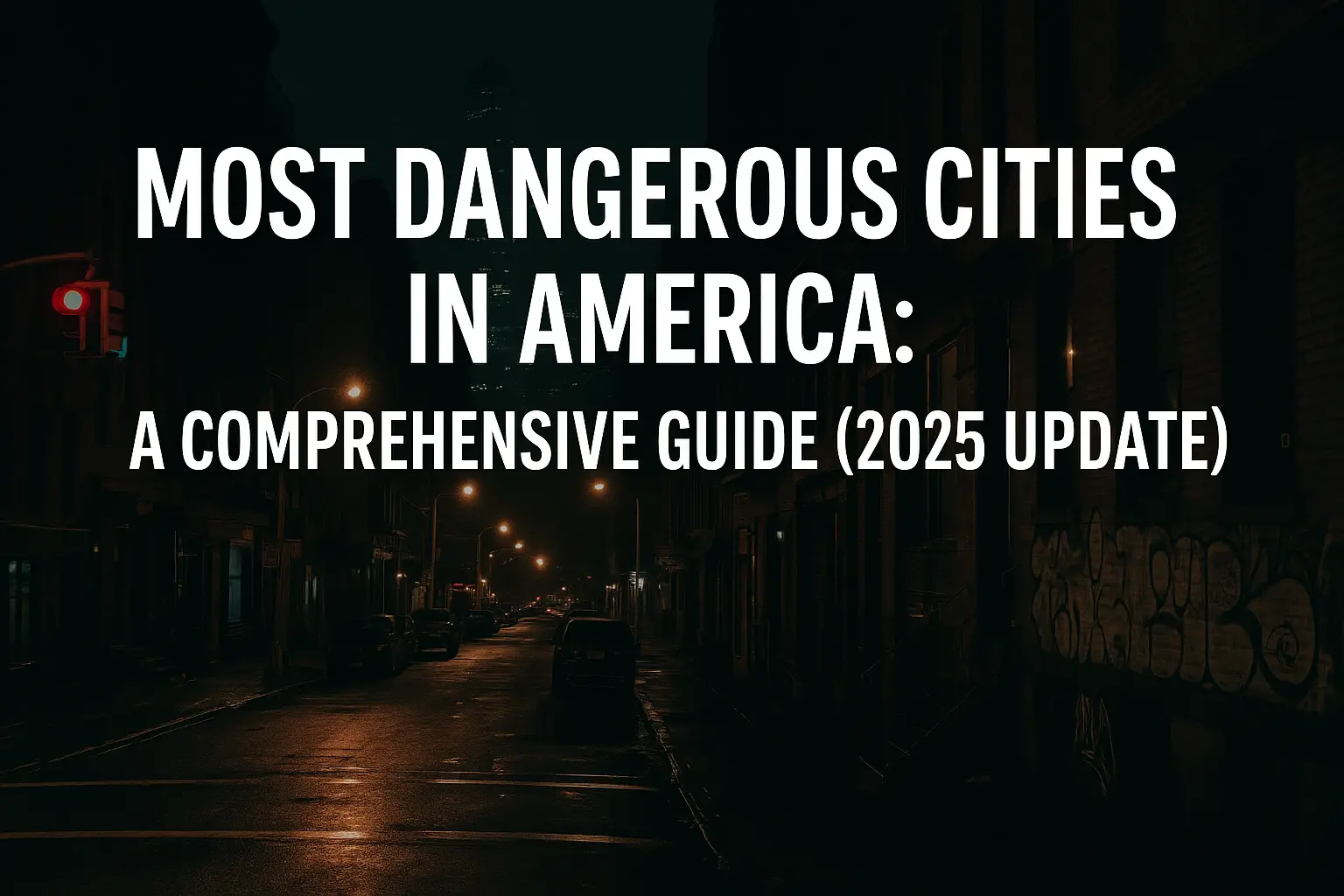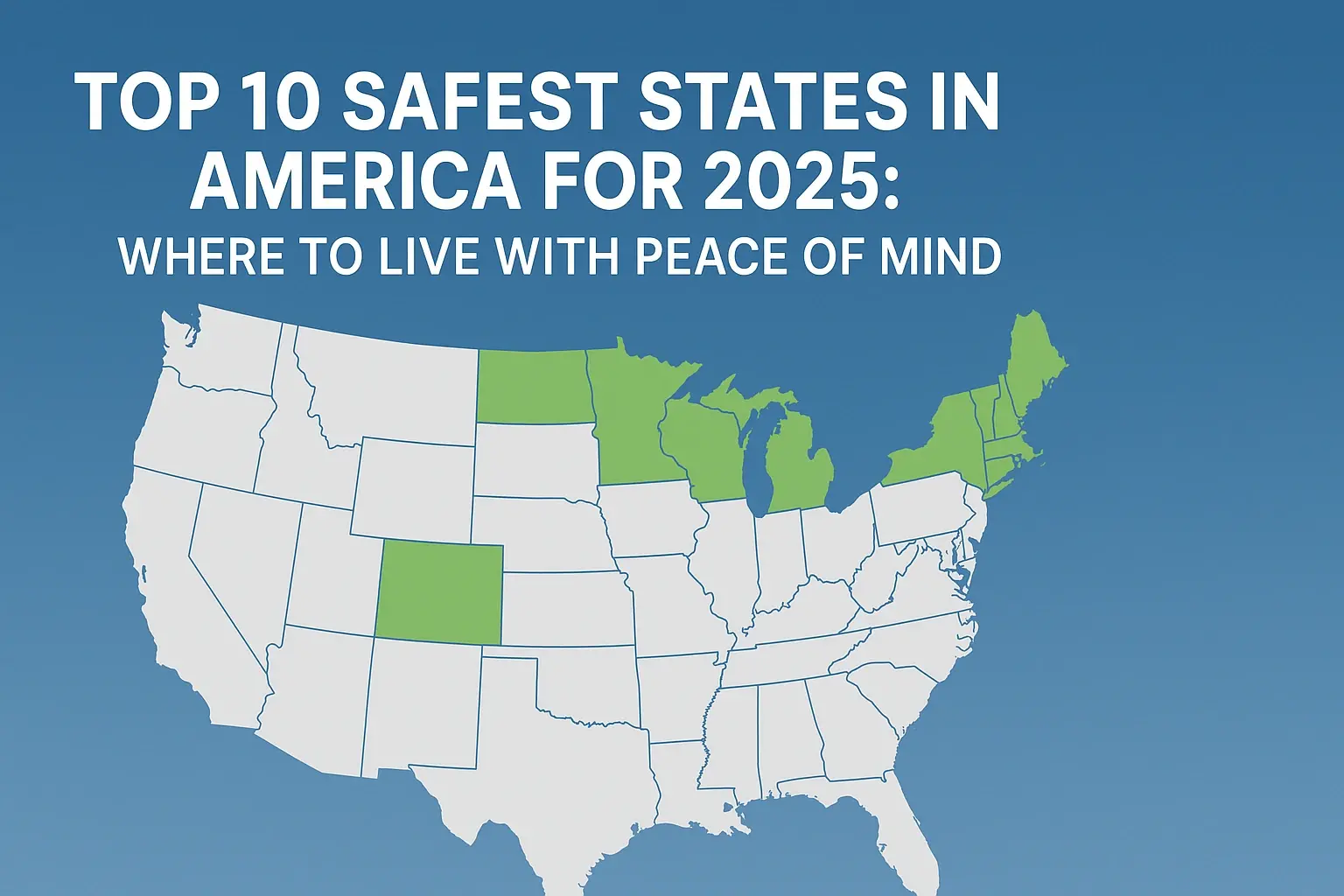For many years, criminals and high crime rates have had a tremendously negative effect on Georgian communities. Beginning a persistent decline in the middle 1990s, rates of violent crime and property crime were somewhat high in the late 1980s and early 1990s. Still, certain kinds of crime have always been a threat to many of the Georgia towns nowadays. Understanding the present crime trends and the effects on different demographics can help to create better suitable plans and treatments to increase the general safety of society.
Statewide Crime Rates
In the early 1990s, Georgia recorded a sharp rise in the violent crime rate due to the prevalence of crack cocaine, which hit its high in 1994 at about 751 for every 100,000 persons. This was more than twice the violent crime rate of 1985. Gang-related crimes such as robberies, assaults, and murders were heard and seen virtually all over the country, especially in urban centers. The other category of violent crimes, in this case, is property crimes that escalated tremendously in the period under review and which reached the peak in 1991 as regards burglary and motor vehicle theft before declining.
Furthermore, at least ten years of declining general Georgia crime arrest rates have been seen. The FBI claims that the violent crime rate in 2018 was half what it was in the early 1990s, at its height. Property crime dropped as well, in line with previous indications. Still, such rates are above the national norms. Georgia ranks 13 in crimes against property and has the 11th-highest rate of violent crime among all states, according to FBI figures. Along with the ongoing drug trade, the above-described economic disadvantage has persisted in imprisoning many a Georgia town in a long-term cycle of rising crime rates.
Urban Areas
Georgia has perceived that urban places have comparatively higher crime rates than other regions and are also more sensitive to the fluctuations during the crack period of the 1990s. The city of Atlanta is now associated with other cities and towns across the country about problems experienced in matters of crime and safety. Atlanta’s murder rate skyrocketed in the early nineteen-nineties as the city committed over 2000 violent crimes per 100,000 residents in 1994. The rates of homicide also rose fivefold during the late eighties and early nineties as compared to the preceding decades. Other major cities like Augusta, Columbus, Macon, and Savannah also experienced similar spikes in murders and other forms of vicious crimes.
This was coupled with a high body count and marked the beginning of the decline of the American city as more businesses and the middle class moved to the suburbs. Thus, although it has significantly declined, the ATL’s VCR persists to be 51 percent higher compared to that of large cities in the United States in 2018. Other factors that have socially disoriented many urban communities include; corruption scandals, police brutality, and terms that have instilled doubt in the community’s trust in police. In economic terms, gentrification has been beneficial as it has led to the economic regeneration of these areas but this has heightened tensions.
Rural Areas
That means rural Georgian communities have not been isolated from the effects of crime. Nonetheless, the fact remains that small towns and rural counties have generally had much lower crime rates compared to cities, but the arrival of devastating narcotics has upset many such regions. For the last two decades, the two most well-known drugs that have badly impacted many rural towns and villages are methamphetamine and prescription opioids. Violent attacks, larceny, and burglaries have risen and undermined community standards of living and the trust of its people.
This aspect also limits the capacity of smaller municipalities to address criminal threats since they lack sufficient funds to support their law enforcement agencies adequately. Rural Georgia counties in particular have very few police officers compared to their populations and very small budgets, leading to slow response and weak investigative capacity. Outlaw motorcycle clubs and small, active gang sets have attempted to capitalize on these vulnerabilities, establishing rural meth labs and drug distribution rings. That is why, owing to the absence of community policing concentrated in the areas with low population density rural communities have the feeling of powerlessness about the above-mentioned crime-related problems.
The Lasting Impact
Even today, crime levels in Georgia have not returned to their lowest levels, let alone in African-American urban communities that were most devastated by the 1980’s and 1990’s crime wave. Some of the continued effects of high crime rates during this period include continued population diminish, poor city revenues, and people’s perceived vulnerability to crime, in addition to people’s mistrust of the police in numerous areas.
On the same note, the many communities that have been devastated have since been able to rise to the challenge and form even stronger communities. Effective measures include the formation of neighborhood watch, youth intervention programs, drug rehabilitation services, and better policies. Even though Georgia still has an above-average crime rate, combined community-oriented collaboration in the sphere of public safety and crime prevention has begun to have a positive impact on the numerous communities of Georgia. Overall, it is suggested that the integration of a range of focused interventions can protect the communities from threats of crime and disorder and create long-term possibilities for economic opportunity and positive association in the future.







